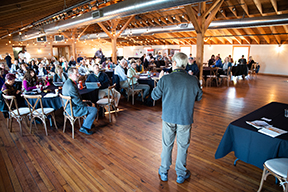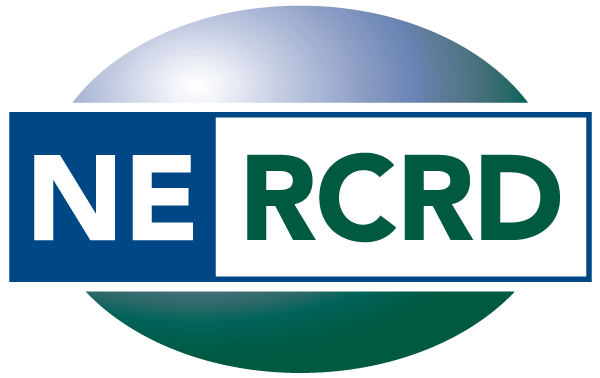
Dispatch from the 2019 Sustainable Tourism and Outdoor Recreation Conference
Access many of the conference presentations here.
The coastal venue was fitting, given that Oregon’s coastline is entirely accessible to the public, making way for myriad outdoor recreation and tourism opportunities. But the state’s tourism activity isn’t confined to the coast, as conference-goers heard from representatives of Travel Oregon, the state’s Destination Management Organization. More than half of the state’s land is public, they said, and the outdoor recreation and tourism industry generates $12.3 billion annually and employs 115,400 Oregonians.
 Nationally, the tourism industry supports 15.7 million jobs, according to U.S. Travel Association’s Vice President for Industry Relations Angie Briggs, who presented findings from the group’s Made in America report (pictured at left).
Nationally, the tourism industry supports 15.7 million jobs, according to U.S. Travel Association’s Vice President for Industry Relations Angie Briggs, who presented findings from the group’s Made in America report (pictured at left).
The lineup of invited speakers also included Astoria’s mayor, a local historian, members of the Oregon State University Sea Grant, a National Park Service representative, and two State Representatives. Western Rural Development Center Director Don Albrecht discussed how tourism fits into the changing economy and shared research showing that community characteristics that attract tourists are also attractive to mobile workers: high-quality amenities, recreation opportunities, good schools, and a culture of inclusion.
Several concurrent sessions featured outdoor recreation and tourism research and programming from around the country. The conference program contains a complete list of talks and speakers.
Included among them was West Virginia University’s Daniel Eades and Doug Arbogast and Northeast Center Director Stephan Goetz, who presented on “The State of Extension and Tourism: Capacity and Opportunities for Cooperative Extension (pdf).” Their session highlighted results from a survey conducted in partnership with the Northeast Center that identifies the types of Extension tourism programs offered across the U.S. and programmatic gaps and challenges.
Lisa Chase (University of Vermont) and Charlie French (University of New Hampshire) described their experience of working on a team funded by the Northeast Center to explore connections between trail systems and downtown economic development.
The National Extension Tourism Design Team organized the conference, co-chaired by Miles Phillips and Frank Burris of Oregon State University. The Northeast Center provided administrative and logistical support to the group throughout the planning process. Oregon Sea Grant, Oregon State University Extension Service, and the Regional Rural Development Centers provided sponsorship.
—Kristen Devlin
